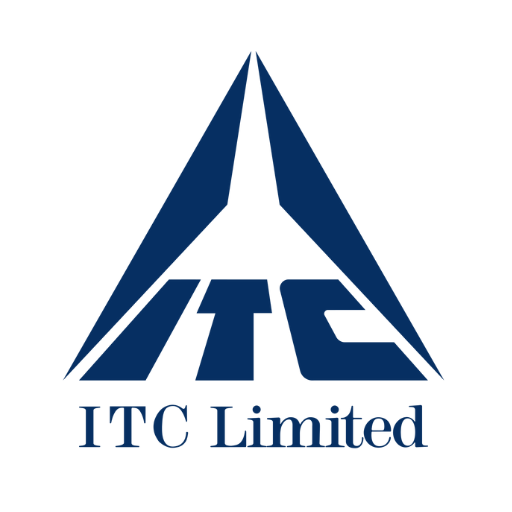Stock market today: Sensex rebounds 1,110 pts from day's low, Nifty inches close to 25K: Here are the key reasons
Paring early losses, the BSE Sensex gained 321 points to 81,803, while the Nifty50 rose 101 points to 24,956.

The benchmark indices, BSE Sensex and NSE Nifty, staged a smart recovery by mid-session on Thursday after a steep fall earlier in the day, as investors digested the impact of the U.S. tariff on Indian exports. Adding to it, strong rally in fast moving consumer goods (FMCG) space, driven by index heavyweight HUL’s impressive June quarter earnings, along with renewed buying interest in media, financial services, and private banking stocks helped the market reclaim lost ground.
In the opening trade, the BSE Sensex plunged as much as 787 points, or 0.96%, to hit an intraday low of 80,695. Similarly, the broader NSE Nifty50 declined 220 points, or 0.88%, to touch the day’s low of 24,635. The market witnessed broad-based selling, with the Nifty MidCap 100 and the Nifty SmallCap 100 indices falling in line with the benchmark indices. The sell-off was triggered by U.S. President Donald Trump's announcement of a 25% tariff and penalty on Indian exports.
However, the Indian share market regained lost ground by mid-session, with the Sensex and Nifty trading in the green, paring early losses. The BSE Sensex gained as much as 321 points to 81,803, while the Nifty50 rose 101 points to 24,956. The 30-share Sensex rebounded 1,108 points, or 1.37%, from the day’s low, while the 50-share Nifty recovered 321 points.
On the BSE Sensex pack, 16 out of 30 stocks were trading in green zone, led by HUL, Eternal (Zomato), Kotak Mahindra Bank, ITC, and Power Grid, rising up to 4%. On the other hand, Reliance Industries, Maruti Suzuki, Titan, Bharti Airtel, and Tata Steel were among top losers.
On the sectoral front, Nifty FMCG index was the top performer with a 1.5% gain, followed by media, financial services, and private banking stocks, rising between 0.8-0.3%.
On the flip side, Nifty Pharma was the worst performer with a 0.75% decline. Healthcare, oil and gas, consumer durable, auto, and IT sectors also saw selling pressure.
Among individual stocks, shares of HUL surged over 4% after the FMCH heavyweight reported a 6% year-on-year increase in consolidated net profit at ₹2,768 crore for the June quarter this fiscal. This was driven by lower tax expenses and broad-based volume-led growth across categories.
Market may face India faces short-term volatility, say analysts
According to market experts, Indian equities may face short-term volatility due to U.S. tariffs.
The Indian market is currently being driven largely by domestic investors, and foreign institutional investors (FIIs) are almost 85% short. Therefore, a major sell-off is not expected, said Feroze Azeez, Joint CEO, Anand Rathi Wealth Limited.. Some volatility is likely, any dips will be buying opportunities for investors with even 2-3 year time frames as we have already had a 10 month time correction, he said
"The announcement of a 25% tariff on Indian goods, while higher than anticipated, broadly falls within the 15–20% range that markets had been bracing for. In that sense, it is not entirely unexpected. What requires close monitoring is the structure of the additional penalty linked to arms and energy imports from Russia, which remains undefined at this stage," Azeez said.
VK Vijayakumar, Chief Investment Strategist, Geojit Investments said that the Nifty is unlikely to go below the support level of 24500. Investors can buy the dip focusing on domestic consumption themes, particularly segments like leading private sector banking names, telecom, capital goods, cement, hotels and select autos which have done well in Q1.
According to SBI Securities, India's annual export to U.S. is worth ($85-90 billion; 2.0% of GDP). Hypothetically, assuming 50% of the exports are likely impacted then the impact can be to the tune of approximately $40 billion, which is 1% of GDP. At the same time, some products will also find way to new markets and hence total impact can be hardly to the tune of 0.5% of GDP, that too if the exports are impacted for full year.
(DISCLAIMER: The views and opinions expressed by investment experts on fortuneindia.com are either their own or of their organisations, but not necessarily that of fortuneindia.com and its editorial team. Readers are advised to consult certified experts before taking investment decisions.)









